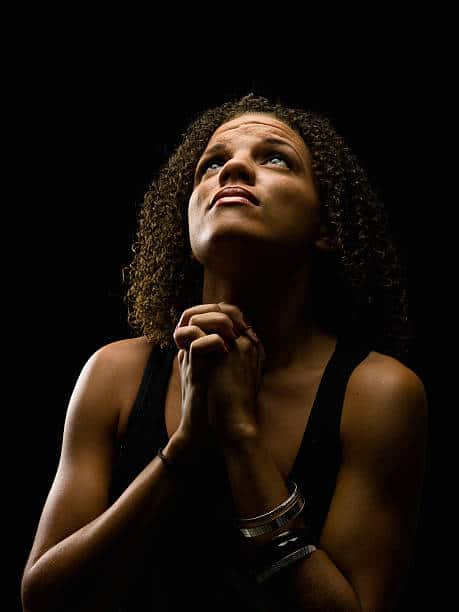The reprimand rings in my memory like a bell—clear and precise:
“Don’t walk through the pulpit! Women aren’t allowed in there.”
Even as a young girl, I wondered what would happen if a woman or girl walked through the pulpit of the Black, Baptist church in which I grew up. We aren’t talking about any theological treatise on women preachers here; we are talking about
walking. Women or girls weren’t allowed to walk through the actual space designated for pastors. In fact, the women in white—nurses and deaconesses—had to stand in the choir stand and lean over the pulpit in order to place the carafe of water on the table before services.
If I’m honest, the righteous rabble-rouser coming of age inside me wanted to test this often. Would a bolt of fiery lightning strike us down immediately? Would we turn into ice or a pillar of salt like
Lot’s wife in the Old Testament story? Or maybe we’d be forever marked by our sin; a scarlet lettered PW—for pulpit walker, of course—emblazoned on our foreheads.
Of course, the truth, I learned, was less fantastic but much more nuanced. By allowing my vagina-having self to walk across the allegedly sacred, plywood floor covered in red velvet carpet, I would end up making what was an egregious error in my faith tradition: Challenging the bad theology of misogynist men who claimed absolute authority, not just over the congregation and where I was allowed to walk, but over the bodies of the women and girls who worshipped there.
So much of what I gathered from the religious experiences of my childhood taught me how to play small as a girl—even smaller as a Black girl. I learned early on that I was either not enough or too much, depending on the day or the agenda of whoever was in charge. I also learned that my body was the instigation for all manner of sins made against me. My developing body was somehow a problem and I was admonished by misogynist women who bought into their own diminishment to cover my breasts and thighs—not out of any real belief in modesty as a sacred act, which I could potentially buy into—but because I might “tempt the men.” As a result, I concluded that women were solely responsible for any assault or harassment we received because, for some reason, a grown man would never be responsible for his own actions.
Speaking out against predators was equal to rebellion and defied the priority of making sure the “laundry” stayed neatly folded and out of sight no matter how bad it really smelled.
Unfortunately, so much of the Christian church, a place that is supposed to be a community that offers service, solace and the hope of salvation, has become a holding cell for secrets and pain. The Black Church, especially so, has often chosen to eschew the intersectional nature of the social issues it champions. Yet, Jesus told me: “Come to Me, all you who labor and are heavy laden, and I will give you rest.” I imagine He is essentially saying, “Come, Sister/Daughter/Mother. Tell your story. You are safe. You can rest and heal.”
As a two-time survivor of sexual trauma who remains a person of faith, I’m very clear that the Christian Church—American evangelicals especially—have not facilitated this command, nor has the church become the place where we can safely lay our burdens down. Quite the opposite. The church has been an active participant in the rape culture that is pervasive in our world today. It has enabled the Bill Cosbys and Brett Kavanaughs of the world, sacrificing thousands of women and little girls on the altar of pseudo-righteousness.
And it’s time to disrupt it all.
It’s time for me, and women like me within the church, to use the voices that have been silenced and stolen to push back against the demon of toxic masculinity (and white supremacy and homo/trans phobia while we’re at it), and show other women of faith how to heal and live free.
I’m sure Jesus would want it that way.


